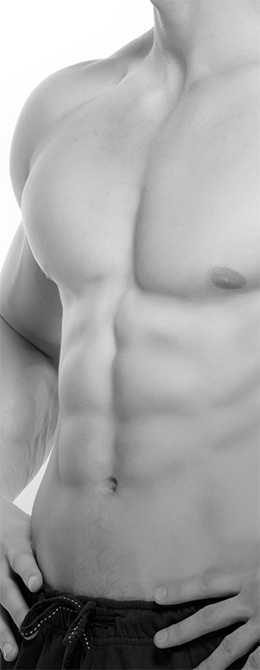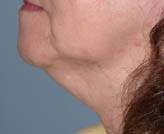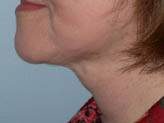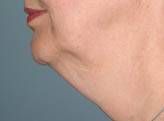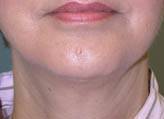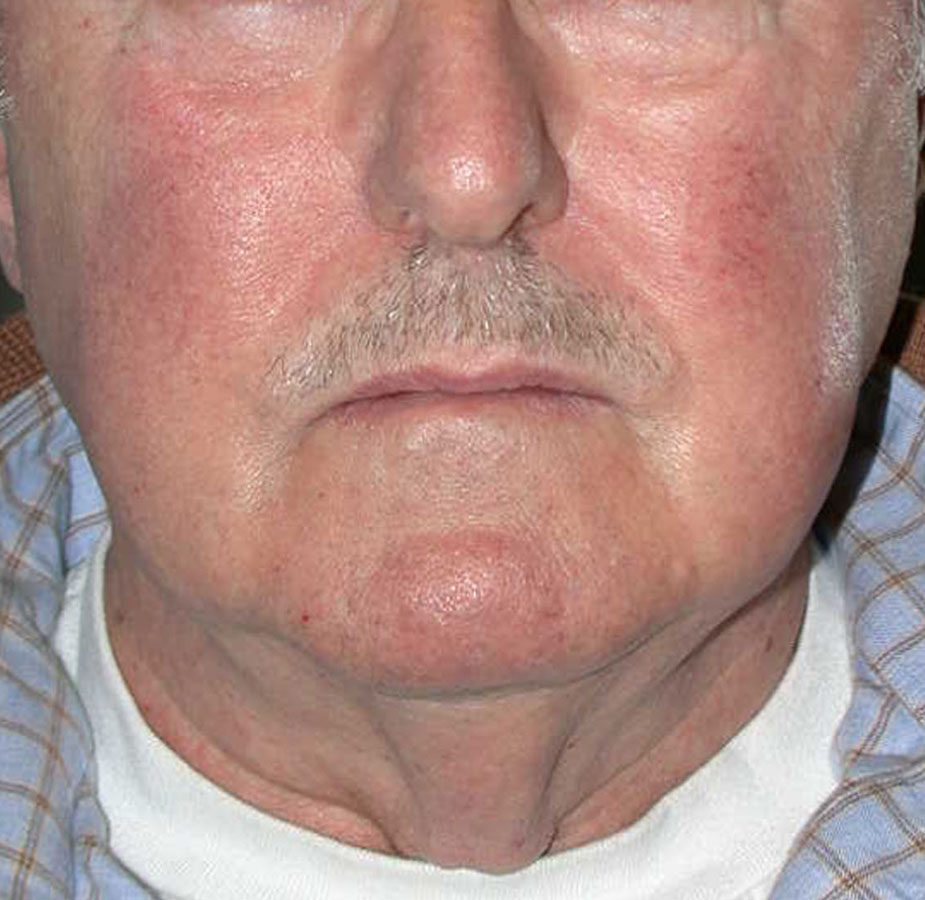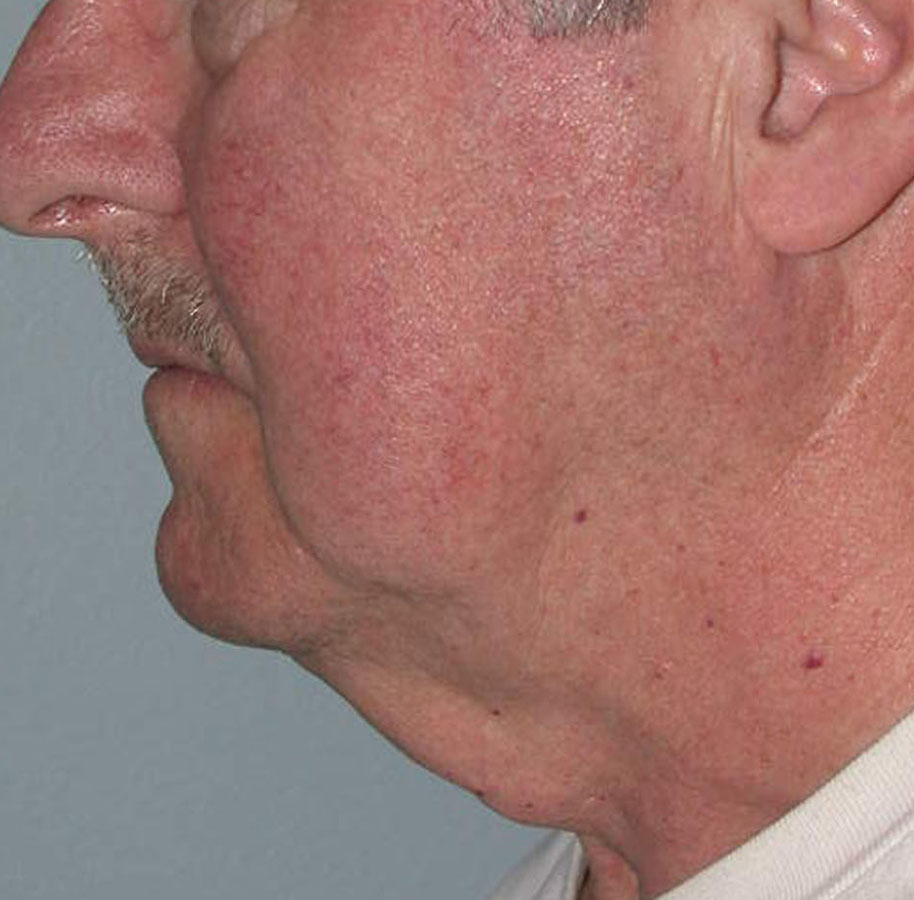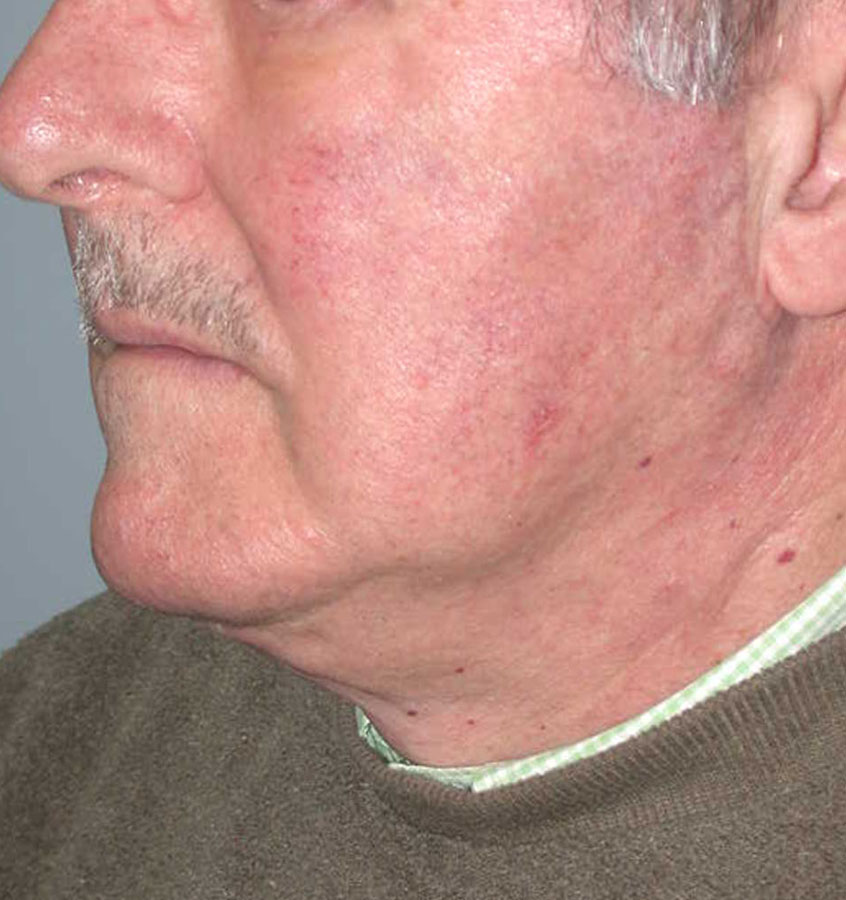
Facelift
A facelift is a surgical procedure to restore a rested, youthful contour to the jawline, neck and cheeks. It can help you look as good as you feel! Dr. Kennedy personalizes your procedure and may recommend other modalities to optimize your results. Dr. Kennedy believes in a natural effect, without a tight or unnatural appearance.
Schedule a consultation
Who considers a facelift?
Men and women who see a “worn out” face due to loosening and sagging of the lower face and neck often consider a facelift. Age and gravity may have contributed to:
- Sagging of the cheeks causing creases between the nose and mouth
- A jawline that is less defined or has excess skin/ jowls
- A neck with hanging, wrinkling, or excess skin
These are normal changes resulting from gravity, genetics, sun exposure, smoking, and stress. The best candidates are patients with good skin elasticity and a strong underlying bone structure.
What is a facelift?
A facelift, or rhytidectomy, is intended to rejuvenate the lower face and neck. By re-draping and removing excess skin, tightening underlying tissues, and removing excess fat from the neck and cheeks, a facelift refines the jawline, neck, and cheeks. Other procedures are often added to improve the appearance of the eyes, forehead, or upper lip. These can enhance the improvements seen from a facelift alone.
Be sure to address your expectations and goals during consultation. There are different techniques available that are individualized to help meet your needs. These differ in the extent of incisions, the tissues elevated, and recovery time.
Goals of facelifts:
- More youthful appearance
- More defined jawline
- More pleasing neck contour
- Softening of lines and shadowing between the cheeks and mouth area
- Minimizing excess skin
How is the procedure performed?
- Incisions are made running from the side-burns around the ear and into the hairline. An incision is also made under the chin.
- The muscles of the neck and face are tightened and suspended in a more youthful position. Excess tissues are trimmed and sutured.
- Surgery is performed using general anesthesia and is most often performed in the office OR suite with patients returning home the same day.
- Some patients choose to have surgery at the hospital and stay overnight. The surgery takes 4 to 6 hours depending on the extent of the surgery.
- Eyelid surgery or forehead lift is often performed at the same time as rhytidectomy. Botox® , Juvederm, or Radiesse are often used as well to enhance results.
What is normal recovery?
Bulky bandages and a small drainage tube are removed the day following surgery, and then a light elastic bandage is worn for the first 7 to 10 days. Patients use ice and sleep with their head elevated for the first week to minimize swelling and bruising. Prescription medications are used to relieve pain and anxiety. Bruising and swelling subside within 2 to 3 weeks. Patients are back to work in about 3 weeks although some patients have extended swelling or bruising, and longer periods off work are not unexpected. Upper body, aerobic and more vigorous activity can be resumed in about 4 weeks.
What are the expected results?
Most patients are very happy with the more youthful, rested appearance following a facelift, especially if they are realistic in their expectations and goals. Results can be optimized by combining procedures and being very careful to follow post-operative instructions. While a facelift does not stop aging it can ‘set back’ the clock to lessen many of the visible features which give a tired or aged appearance. Remember that even years later, you’ll continue to look better than if you’d never had a facelift.
Are there potential complications?
All surgery carries some risk. Poor healing of the skin is most likely to affect smokers. In general, complications are infrequent and usually minor. Still, individuals vary greatly in their anatomy, their physical reactions, their healing abilities, and the outcome is never completely predictable. General risks of any surgical procedure can be found on our information page by clicking HERE.
Complications specific to Facelift may include:
- Residual skin or tissues (incomplete removal of all excess skin)
- Asymmetry (uneven between the two sides)
- Scars
- Tissue loss or delayed healing
- Numbness
- Continued aging
Facelift Gallery
Our gallery contains pre & post operative / treatment photos of real patients. Some photos may be graphic or revealing. Do not click view gallery if nudity would be upsetting to you or if you are under 18 years of age.
Launch Gallery




